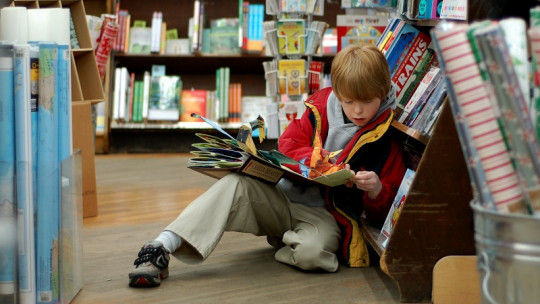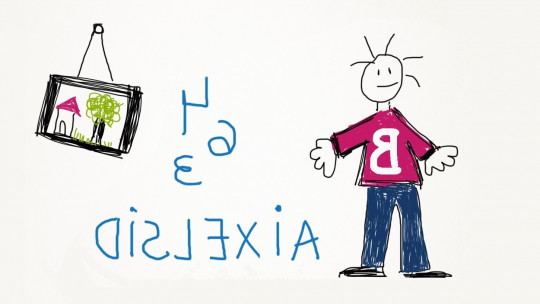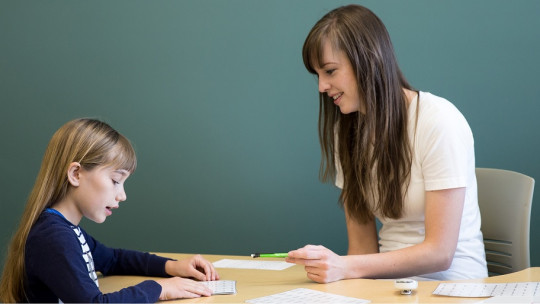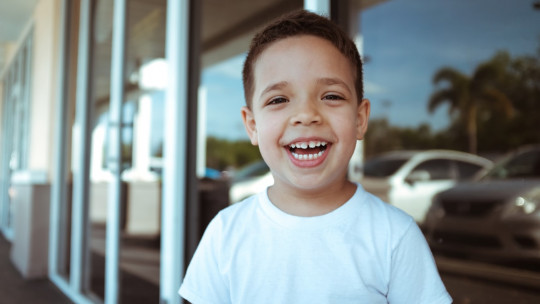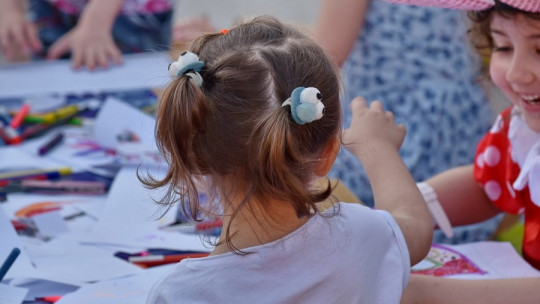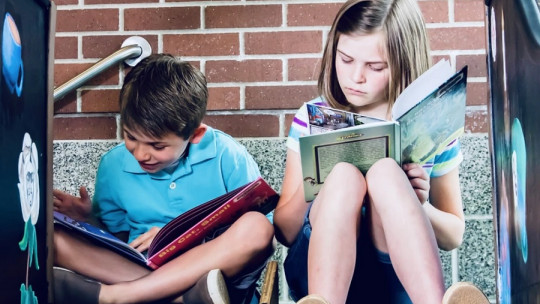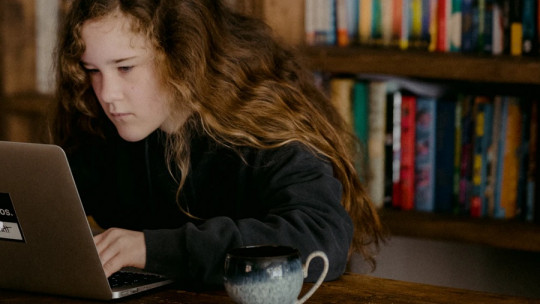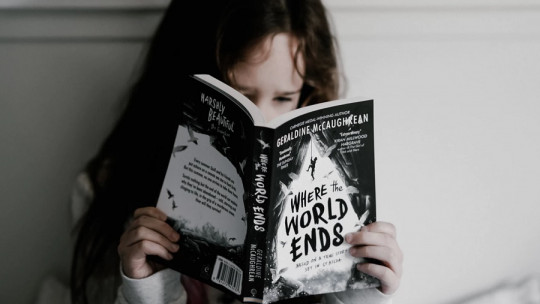
Dyslexia is a disorder that affects reading; Boys and girls who present it are generally quite misunderstood, and have problems expressing their emotions regarding their situation because they feel ashamed or afraid of not meeting adults’ expectations.
In this article We are going to see several activities for children with dyslexia, which apart from helping them improve their reading skills are also effective in improving their quality of life in general terms. We will also review the concept of dyslexia to dispel any doubts about what it consists of.
What exactly is dyslexia?
This learning disorder mainly affects reading ability, but as side effects it has other implications; alterations in the ability to write and reading comprehension, mainly. Sometimes it also occurs together with other learning and development disorders, such as dyscalculia.
The process of relating letters to their respective sound in phonemes is damaged or slowed down, this implies a limitation when trying to understand written words.
Many people wrongly assume that dyslexia is a visual problem, when it really has nothing to do with it. This disorder affects only aspects related to language and there is no organic damage to the brain that explains its presence.
Although dyslexia does not completely disappear as the child grows, there are various ways to control and educate the little ones so that they have better academic and social development, both at school and at home.
7 activities for boys and girls with dyslexia
The following list is made up of a series of psychoeducational resources that They will help you provide support to children who have dyslexia
1. Mastery of one’s own body
It is common for younger children with dyslexia to have complications knowing their own body; This should be the first aspect we focus on to provide help. A good idea to do this is to show the parts of the body in drawings, so that the child is able to associate them with labels on which the names of each one are written
2. Help with space-time orientation
Young children with dyslexia often have problems when drawing space-time relationships. For example, they have a hard time remembering when to say up and when to say down, when it is in front and when it is behind, and the same thing happens with temporal notions such as before or after.
A good idea to improve this aspect in children is to use playful activities with cubes asking them to place the cubes in a specific order that we will indicate, so that through our instructions the child can adequately internalize the spatio-temporal notions.
The instructions must be quite specific. For example, you can ask him to place one cube in front of another, then behind it, and then ask him which cubes he ordered first, so that he can properly establish the differences between before and after.
3. Promote the habit of reading
Typically, dyslexic children they do not like to participate in activities related to reading for fear of having to face their limitations It is essential that we take care of helping the child overcome this fear and help him begin to become more involved in reading.
The idea is that together you can begin to read and analyze the text read. The correct way to read to a child with syslexia is to tell him step by step what is happening in the plot while we ask him questions about what he thinks may happen next. The purpose is for the infant to leave behind the fear that he feels about reading and get more actively involved in this activity
Once we have finished telling the story, we can ask him to search for main ideas or to tell us a different ending to the story.
4. Crossword puzzles and word searches
It is important that children do not feel forced to do things well because of adult imposition, or because they feel that they must meet all the expectations we place on them. To do this, a playful component must be added to these activities for children with dyslexia, something that reveals that learning and progressing at every step is not the only goal of these actions.
Word games, such as crossword puzzles and word searches, among others, work well for children to learn while they play.
5. Spell words
Spelling helps kids with pronunciation and the order in which they should arrange the letters. What is recommended is Do it as if it were a game so that the little one does not feel pressured or angry when he does not do it well
6. Rhyming activities
Helping them rhyme words is a way for them to make their own associations between the meanings of different terms. You could ask him to use words familiar to him and try make rhymes with some new words that you give in writing
7. Meaning and synonyms
Synonyms are another way to make the child begin to familiarize themselves with and properly internalize the correct use of relating letters and phonemes. We must let the little one tell us what the words that we will indicate to him mean to him. We can use the words from the reading material used in school.

